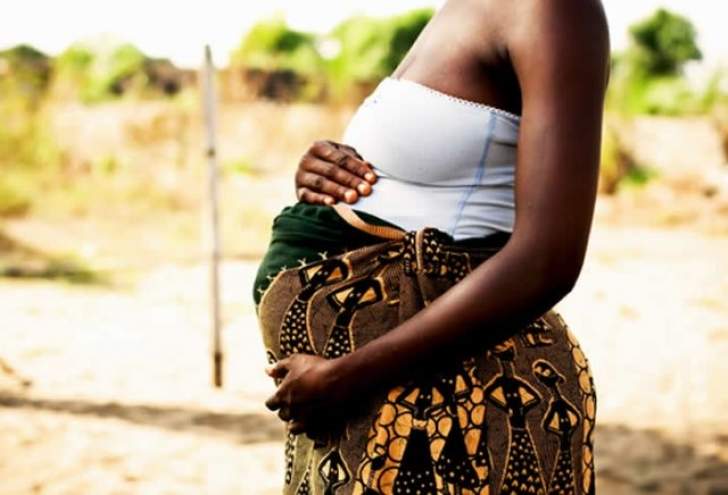By Thabani Zwelibanzi
Here is a bit of good news for Zimbabwe; the country registered a decline in the maternal mortality rate of about 25 percentage points between 2014 and 2019.
The maternal mortality rate fell from 614 per 100 000 deaths in 2014 to 462 according to a Multiple Indicator Cluster Survey (MICS) that was carried out between January and April 2019.
Maternal mortality is defined as the death of a woman while pregnant or within 42 days of termination of pregnancy, irrespective of the duration and the site of the pregnancy, from any cause related to or aggravated by the pregnancy or its management, but not from accidental or incidental causes.
In addition, the MICS study revealed that Zimbabwe had recorded major strides in immunisation coverage, with 85 percent of those eligible being immunised.
While the country can bask in the glory of its achievements, the authors of the MICS report said there was still more that needed to be done in several areas such as to reduce child marriages, which remain at 5 percent for women under 15, and a reduction in neonatal mortality.
The MICS study is considered to be the most comprehensive and largest source of statistically sound and internationally comparable data on women and children worldwide.
It was developed and supported by the United Nations Children’s Fund (Unicef).
The study was funded by the European Union, UKAID, and the Government of Sweden as well as Unicef and the United Nations Family Planning Agency.
With this study, Zimbabwe is the 14th country to complete and release the sixth round of MICS.
“Though other countries are following, including some in the Southern African region, having Zimbabwe as one of the first few to complete the survey is testament to the value that the government of Zimbabwe attaches to the importance of robust indicators on the situation of children and women,” Unicef representative, Laylee Moshiri said.
The survey findings provide disaggregated data to measure progress and assess gaps on key indicators in numerous thematic areas affecting women and children’s lives such as child and maternal mortality, fertility, child health and nutrition, birth registration, adolescents, HIV and sexual behaviour, child discipline and domestic violence, early childhood development, education, and drinking water, sanitation and hygiene, among others.
“The MICS are conducted under the auspices of the Zimbabwe United Nations Development Assistance Framework (ZUNDAF) jointly coordinated by the Office of the President and Cabinet and the UN Resident Coordinator,” Taguma Mahonde, the director-general of the Zimbabwe Statistics Agency, said.
Since its inception in 1995, 326 MICS surveys have been conducted by 116 countries generating data on key indicators on the well-being of children and women and helping shape policies and programmes for the improvement of their lives.

